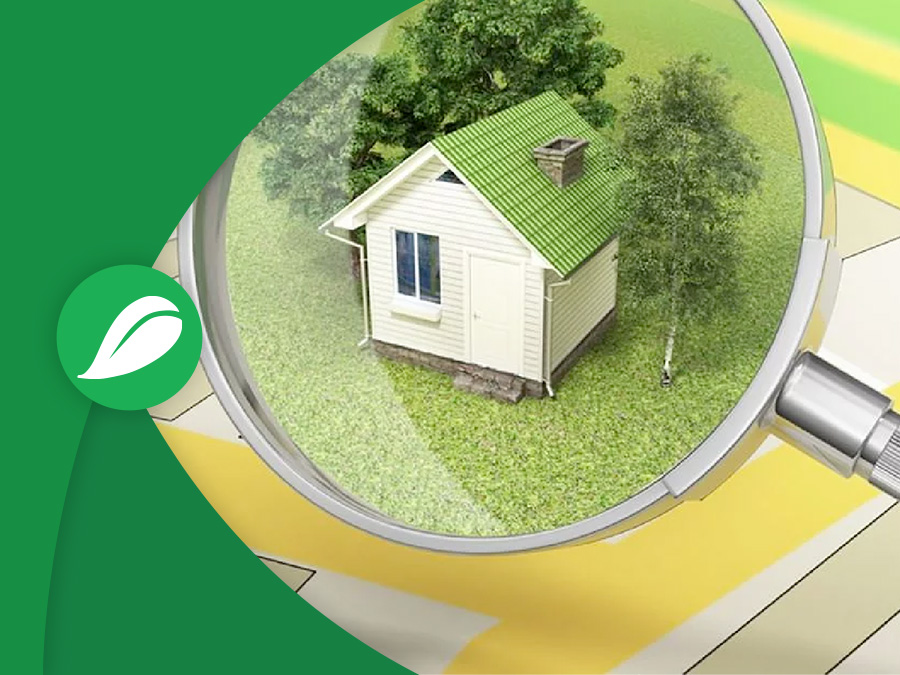The European Green Deal is a project promoted by the European Commission under the leadership of Ursula Von Der Leyen. The agreement aims to transform the European Union into a «prosperous society with a modern market economy, where greenhouse gas emissions will be reduced to zero and economic growth will be decoupled from the use of natural resources.»
The European Commission has set minimum targets to reduce CO2 emissions and achieve climate neutrality by 2050.
The primary goal of the Green Deal is to make European energy production clean and sustainable.
The Climate Law further formalizes the goal of achieving net-zero emissions in Europe by 2050
The Just Transition Fund is a common fund for all EU member states to provide economic support for the energy transition.
According to the EU, buildings are responsible for over one-third of emissions, and 75% of buildings in Europe are energy-inefficient in achieving the "Fit for 55" goals.
EU member states have committed to renovating 15% of non-residential buildings in energy class G by January 2027, with the deadline extended to January 2030 for residential buildings..
The text of the new European green regulation mandates the installation of solar panels on all new public and non-residential buildings with a covered area of over 250 square meters by the end of 2026. This requirement also applies to new residential buildings, which must incorporate solar panels starting from 2030.
The introduction of the "Building Renovation Passport" is designed to assist and guide property owners in achieving zero emissions during renovations.
The European Commission encourages the use of technologies to monitor building energy efficiency and create a digital building database.
The steps outlined in the new European regulation are as follows:
- By 2030, transition non-residential buildings from energy classes F and G to class E;
- By 2033, transition residential buildings to class D;
- By 2040, transition buildings to class D;
- By 2050, all buildings must be zero-emission.
In Italy, about 60% of the building stock falls into classes G and F.
Transitioning to class E entails reducing energy consumption by approximately 25%.
The most efficient renovation measures to achieve the necessary energy class transition include:
- external or internal thermal insulation
- condensing boilers
- window replacement
- photovoltaic systems
MIR Solution supports you in achieving the required energy class transition, offering the best solutions for reducing energy consumption.

